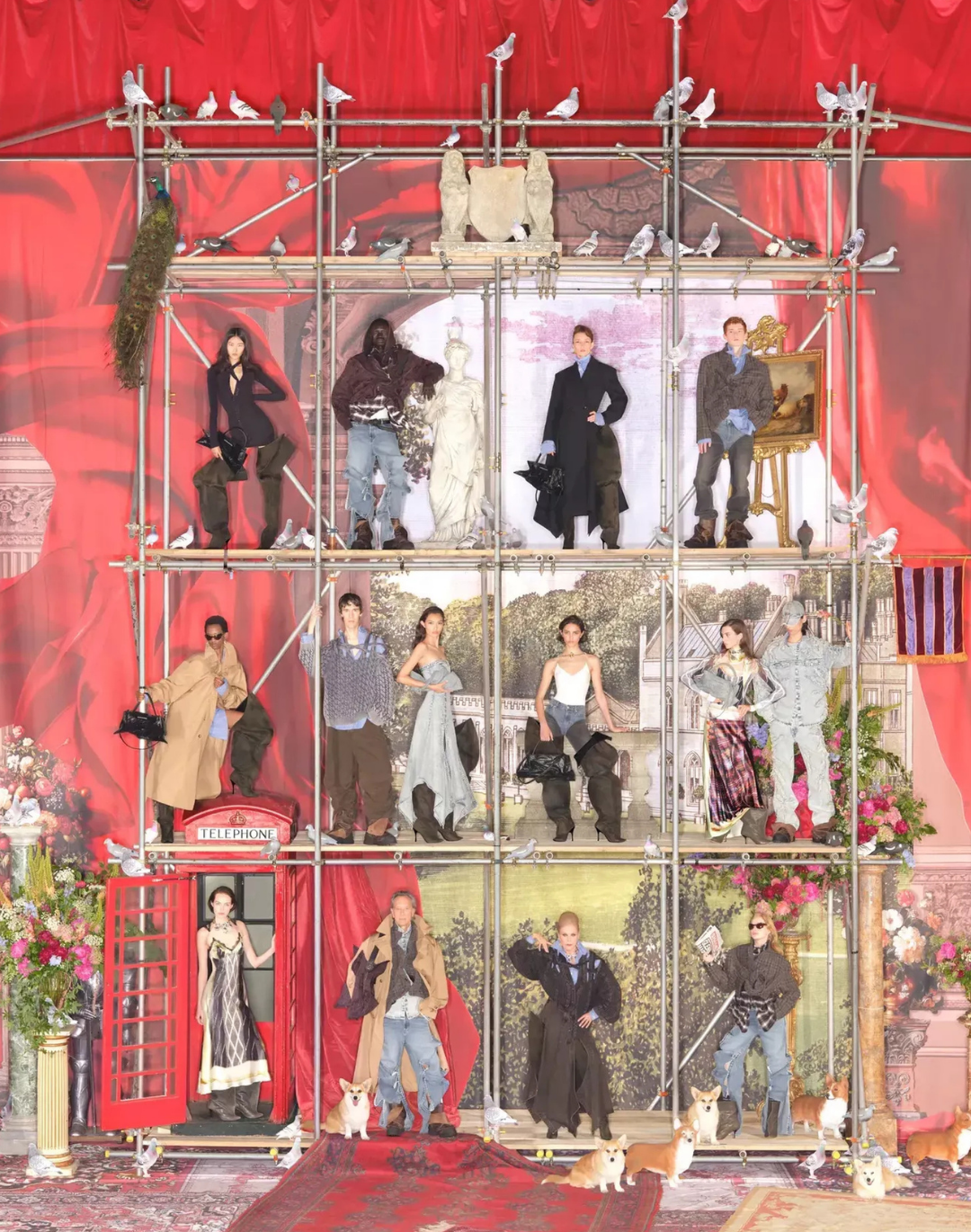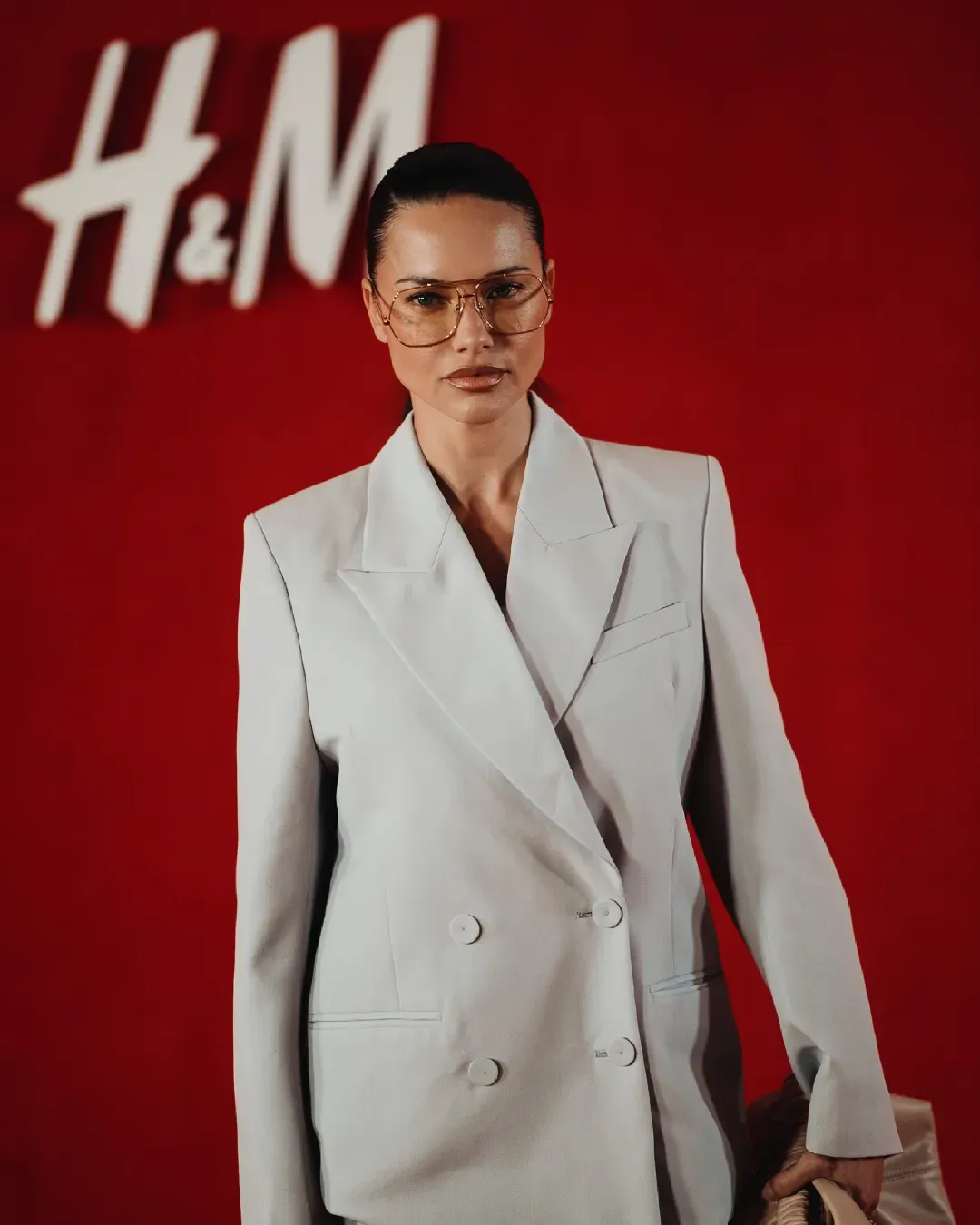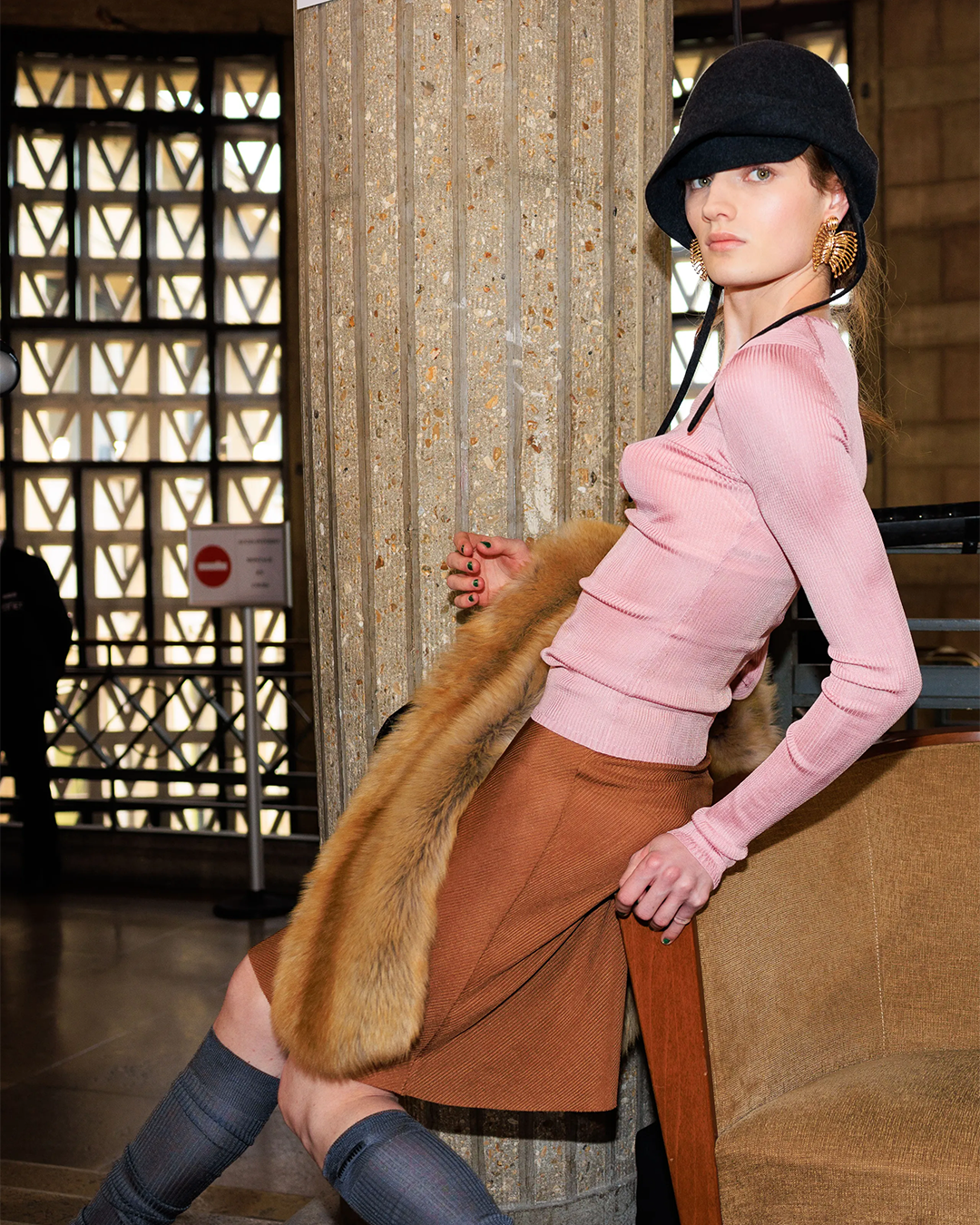
Who wins and who loses in the collaboration between H&M and Mugler The collection between the French brand and the Swedish giant could set a unique precedent
Although the release of H&M and Mugler's joint collection is still more than a month away, the photos and lookbook circulating on the internet have already created the social buzz reserved for the best bargains. This has to do with the Swedish giant's return to the world of collaborations, of course, but mostly with the way it's done it. If collabs between fast fashion and luxury are now commonplace, we need only think of the way Uniqlo routinely collaborates with brands like Lemaire or Marni, in all cases, the products on offer represent a blend of the aesthetics of the two parties involved, a watered-down and less complex version of the creative visions of designers like Francesco Risso and Jonathan Anderson. The collection that H&M created with Mugler is a different story. Contrary to the above, the designs of the products on offer faithfully reproduce those that are already part of the main line of the brand led by Casey Cadwallader.
This is a singular move, made even more interesting by the choice to offer a branding identical to the original, both in size and positioning on individual garments. Something similar had already been seen in the past, in the ongoing collaboration between Uniqlo and JW Anderson where the logo of Jonathan Anderson's brand stands out in plain sight in what are, however, garments far removed from the hyper-conceptual attitude of the British designer, thus making the distinction between the two product lines quite clear. While Balenciaga, on the occasion of its collaboration with Yeezy and Gap, had chosen not to include any mention of the brand's name, either on the garments or on the inner label, whereas instead, Marni put its logo in its collaboration with Uniqlo.
In light of all this, one wonders about the motives behind Mugler's choice, seen by some as a misstep by a brand that has inadvertently chosen to compete with itself. But is this really the case? Taking a spin on TikTok, the hashtag #muglerdupe has over three million views, videos of girls advising how and where to find as much of the French brand's jeans or catsuit as possible. Products that, of course, can often be found at Zara, Fashion Nova, and any other fast-fashion chain you can think of, are more or less ethical. It is the price of virality of course, the one achieved by Mugler, especially after last year Dua Lipa wore a custom bodysuit covered in crystals during the North American stages of her Nostalgia Tour. A path that in the most classic of patterns brought the brand's designs to the shelves first of the Inditex chain, and then spread like wildfire everywhere. Instead of standing idly by, Mugler chose instead to compete with the dupes of its products, creating what is in effect a secondary line that replicates the designs of the main one, materials aside. A month after the release, we can already imagine the results of such a choice, the kind you get when you create a cheap version of a €2,000 blazer - the version with H&M will cost about two hundred - or 900€ jeans, which will cost €120 instead.
@v_andthecity Replying to @lamarieaugustine #greenscreen #muglerdupe #muglerleggings #asosfinds #pltfinds #maniredevoir Vogue (Edit) - Madonna
If for Mugler it means taking a slice of that market previously populated by imitations of its products, for H&M the collaboration with the brand represents a return to its origins, to the splendor of collections with commercial appeal such as those with Moschino, Versace, Kenzo, and Jimmy Choo. It will be interesting to see if this unusual formula will become a precedent taken up by other brands, perhaps interested in offering a product designed for those customers who would like to approach the world of fashion seen on the catwalk but who do not have the ability to spend the now steadily growing amounts of money in the luxury world.















































